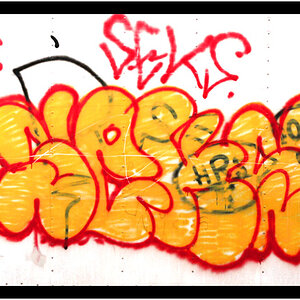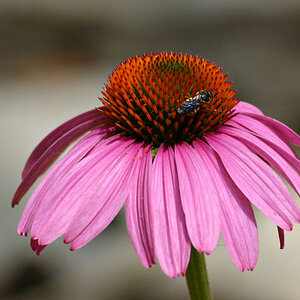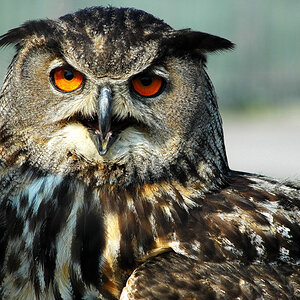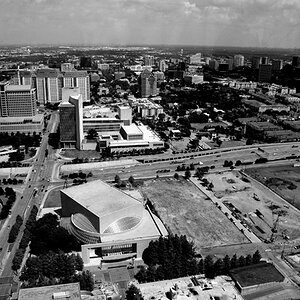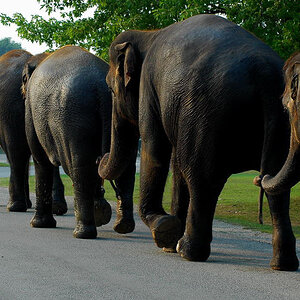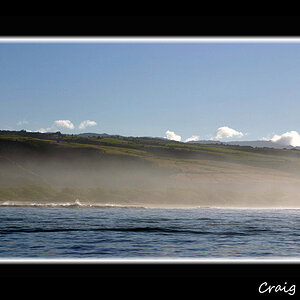Shaun Liddy
TPF Noob!
- Joined
- Nov 5, 2015
- Messages
- 19
- Reaction score
- 1
- Can others edit my Photos
- Photos NOT OK to edit
I currently have a 7D MKii and love this body for it's quick frames per second, program-ability, lightweight (until I add the dual battery grip and a larger lens), auto ISO does a good job, and it's extra reach.
But I am at a point where I can see the benefits offered by a full frame, especially when shooting in lower light situations. Thinking to look for a used 5D MKii or a 6d while keeping my 7d MKii. I know these will not keep up with the 7D MKii for action shots (like when I am at the drag strip, or birds) but I think they would do well at my slower/non moving targets.
It is either that or buy a Sigma 18-35 1.8 for now and eventually go with a full frame next year maybe?
At home and inside with my girls, I tend to shoot around 3.5F - 1/125 - ISO 3200 with no flash. These are the types situations where I think the full frame would be very beneficial. I am thinking I will get better results with the FF in these situations than I would with the Sigma 18-35 1.8. I would also imagine doing any astro shooting with the Tokina 11-20, the FF would again shine.
Current lens line up:
Sigma 18-300 2.8
Tokina 11-20 2.8
Yongnou 50mm 1.8
Looking for feedback from others.
Shaun
But I am at a point where I can see the benefits offered by a full frame, especially when shooting in lower light situations. Thinking to look for a used 5D MKii or a 6d while keeping my 7d MKii. I know these will not keep up with the 7D MKii for action shots (like when I am at the drag strip, or birds) but I think they would do well at my slower/non moving targets.
It is either that or buy a Sigma 18-35 1.8 for now and eventually go with a full frame next year maybe?
At home and inside with my girls, I tend to shoot around 3.5F - 1/125 - ISO 3200 with no flash. These are the types situations where I think the full frame would be very beneficial. I am thinking I will get better results with the FF in these situations than I would with the Sigma 18-35 1.8. I would also imagine doing any astro shooting with the Tokina 11-20, the FF would again shine.
Current lens line up:
Sigma 18-300 2.8
Tokina 11-20 2.8
Yongnou 50mm 1.8
Looking for feedback from others.
Shaun


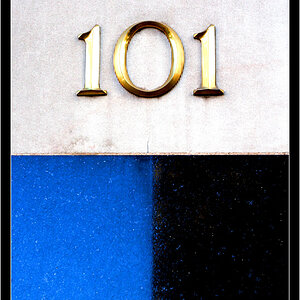
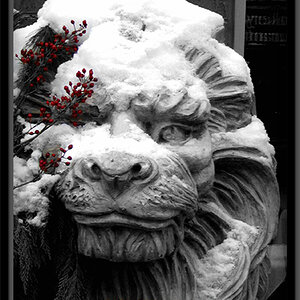
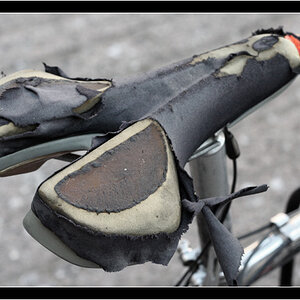
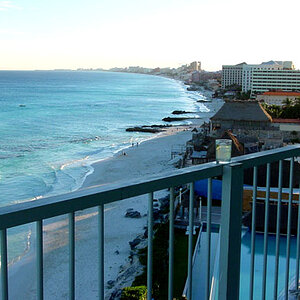
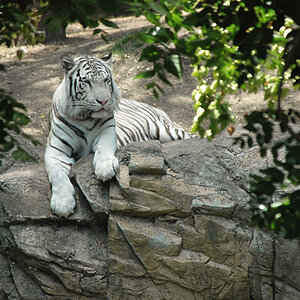
![[No title]](/data/xfmg/thumbnail/30/30987-a33ca8e90b5d786c21e59d37945b9cc6.jpg?1619734552)
